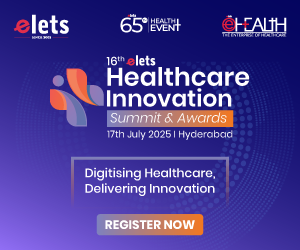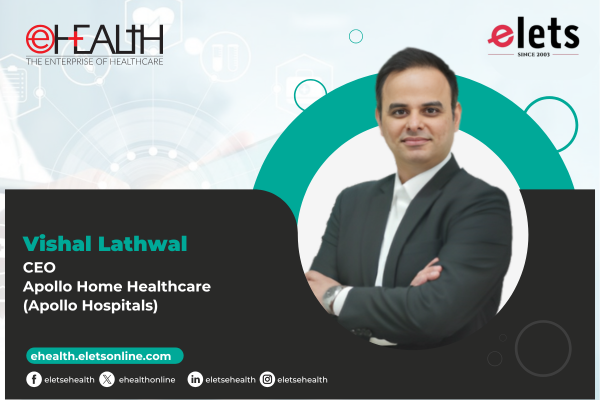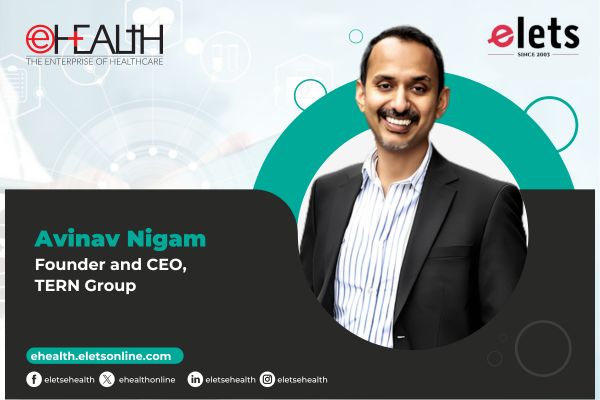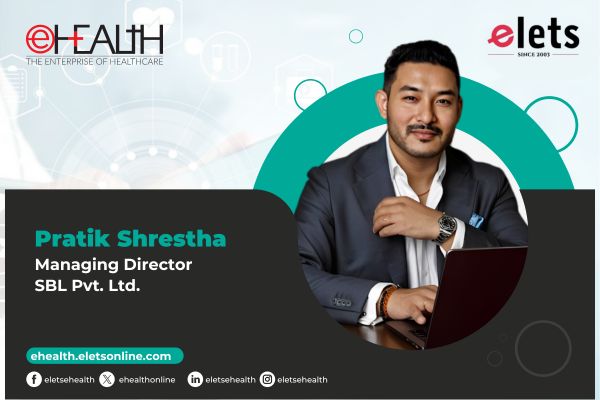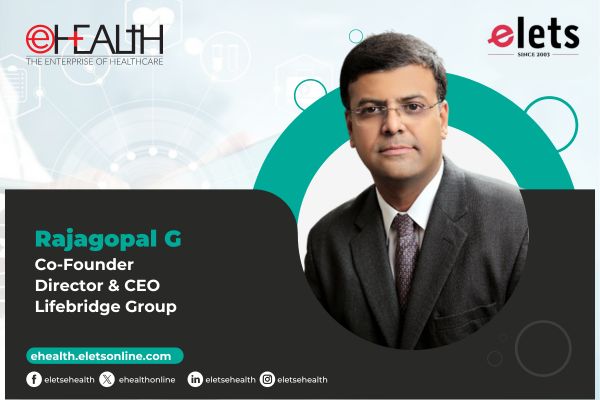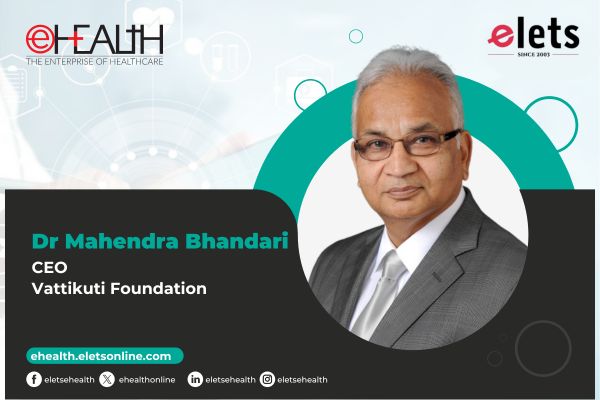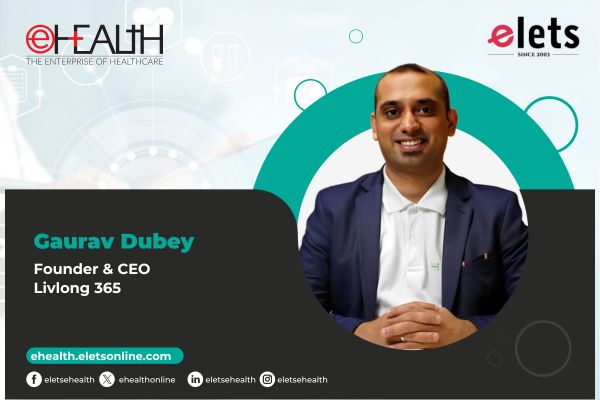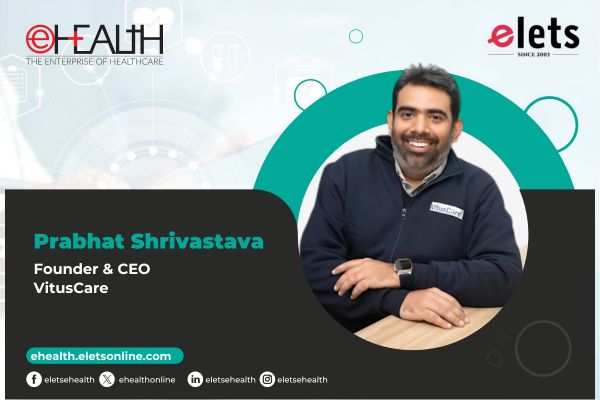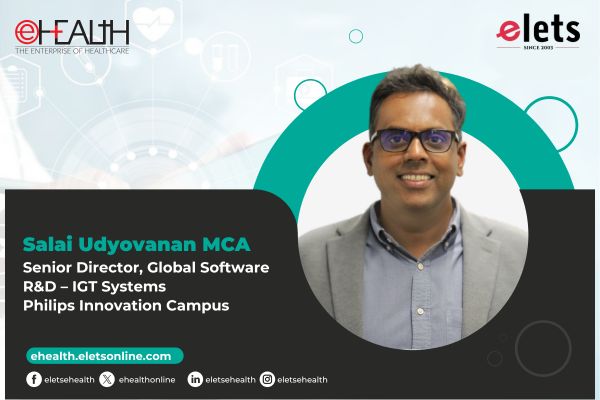
With India, unfortunately, dubbed the ‘cardiac capital of the world,’ the need for advanced, accessible, and efficient cardiac care solutions has never been more pressing. In an exclusive discussion, Salai Udyovanan MCA, Senior Director, Global Software R&D – IGT Systems, Philips Innovation Campus, Bengaluru, spoke with Dr. Asawari Savant from Elets News Network (ENN) to explore the future of heart care in India. Edited excerpts
How is IGT (Image-Guided Therapy) defining the cardiac care landscape, especially in India?

Cardiovascular diseases remain the leading cause of death globally, and India is no exception. India is often referred to as the ‘cardiac capital of the world.’ This underscores the critical and urgent need to address this challenge, where sophisticated tools like Image-Guided Therapy (IGT) play a vital role. At Philips, our focus is on enhancing patient experiences through innovations that enable minimally invasive procedures. Procedures guided by IGT result in shorter recovery times, fewer post-operative complications, and improved patient outcomes. As a market leader in Image-Guided Therapy, I can confidently say that we are witnessing a growing demand for our platform, which delivers exceptional image quality and enhances workflow efficiency. This ensures better clinical decision-making and improved patient care, including reduced radiation doses.
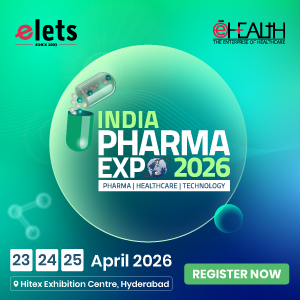
Can you share some figures on the adoption of IGT in India?

In India, IGT adoption is accelerating. We have over 1500 Cath Lab (interventional suite) installations in the Indian Subcontinent. Over the last quarter, we have installed state-of-the-art Azurion Cath Labs at major sites across the country, including in cities such as Delhi, Bangalore, Mumbai, Kolkata, Hyderabad, Chennai, and Pune, amongst others. One of the factors driving growth is our consumers’ growing demand for newer and better quality solutions. Quality of care is now strongly associated with technologically superior solutions, which is largely seen, especially in private hospitals. With such consumer behaviour now rampant, we expect the market to grow significantly with the rise in hospitals across India. Added to this is the renewed impetus the government is extending. Examples include government insurance schemes, which is notably increasing healthcare accessibility. It is also important to look through the lens of a clinician who would be attending multiple cases. So, hospitals are also investing in improving staff productivity and overall efficiency.

What capabilities is Philips building in India to support IGT growth?
India has a strong knowledge base in medical technology and cardiac care, making it a critical hub for innovation. We are investing in robust capabilities by focusing on clinical science, clinical marketing, and system engineering capabilities.
For example, nobody can dispute the growing importance of AI in healthcare. With emerging technologies and advancements poised to further reduce errors and enhance patient safety, reliance on AI and exponential technologies and tools will only increase. We are seriously looking into these areas. Our team is involved in advancing predictive analytics, improving AI algorithms, and increasing the integration of AI in clinical workflows.
Additionally, we focus on technology specialists who can bridge the gap between clinical needs and medical technology, ensuring that we deliver efficient, patient-centric solutions. Our investment in clinical education programs also ensures that healthcare professionals are well-trained in utilising these advanced technologies. The Philips Innovation Campus (PIC) in Bengaluru is a key hub, with a dedicated team working on integrating AI-driven workflows, improving imaging quality, and developing smart platforms. The facility, which includes 25 state-of-the-art cath labs, plays a vital role in innovating and validating next-generation IGT solutions tailored for both global and local markets.
Which are some prominent innovations that were developed in India, as per your observation?
India is integral to the overall R&D strategy for Philips, and today, the team works on the latest and best solutions: managing, maintaining and developing solutions to ensure better care for more people. The IGT team is spread globally, and our innovations are an outcome of the collective efforts of this diverse team. Of course, we can boast of being one of the largest software teams contributing to the majority of the software that goes into our products.
Let me give you an example of one of our key innovations is Azurion 3.0 launched in November 2024, which focuses on enhanced imaging quality, dose management, and smart workflow integration.
Additionally, we are developing next-generation solutions that simplify pre- and post-procedural workflows, allowing physicians to spend more time with patients rather than managing equipment. The goal is to build intelligent, supportive systems that streamline the overall patient care process.
How is AI and robotics contributing to real-time imaging and decision-making in cardiac care?
AI and robotics-driven automation are revolutionising cardiac care by enhancing real-time imaging, accuracy, and workflow efficiency. At Philips, we are integrating AI-powered clinical decision support systems for interventional procedures.
While robotics in healthcare is still evolving, AI-powered predictive analytics and image-guided automation are already making a significant impact in improving patient outcomes.
What role does Philips’ R&D hub in Bangalore play in global IGT innovation?
Our Bangalore R&D centre plays a pivotal role in global IGT development. Out of the Philips R&D employees worldwide dedicated to image-guided therapy, nearly 40% are based in Bangalore. The facility is equipped with cutting-edge cath labs for real-world testing, ensuring that innovations are aligned with both local and global healthcare standards. The campus focuses on developing software solutions to enhance imaging and optimise workflows, conduct system engineering, verification, and validation, and advance feature development for Image-Guided Therapy (IGT) platforms.
Additionally, we have 25 live cath labs within our facility, enabling real-time testing and innovation of next-gen cardiac solutions. The team here also taps into the vast and robust healthcare ecosystems to build strategic partnerships. We have seen this contributing to long-term advancements and improvements by providing access to strategic guidance and a collaborative approach to new challenges in healthcare. We have been able to leverage the expertise and resources of partners to drive innovation, validate the solution, improve patient outcomes, and enhance the quality of care.
How is Philips working to make advanced cardiac treatments more accessible and affordable in India?
India’s healthcare market demands solutions that deliver long-term value rather than short-term affordability. At Philips, we build systems that are designed to last, ensuring high reliability, seamless performance, and superior imaging to support better patient outcomes. Our focus is on scalability and efficiency to enhance both clinical confidence and patient safety.
Traditionally, complex cardiac procedures were costly and limited to premium healthcare facilities. Today, IGT systems allow minimally invasive procedures, significantly reducing hospital stays, recovery time, and overall treatment costs. As mentioned earlier, our systems make sure staff productivity and overall efficiency is increased, which implies better care for more people.
Moreover, advancements in insurance coverage (government and private), cost-effective IGT systems, and growing infrastructure are making these treatments accessible to a larger segment of India’s population, including the middle-class and rural communities.
How does India compare globally in terms of IGT adoption?
If we look at the healthcare industry in India, we can safely say that it is a mini world in itself. The complexity involved in our systems, the scale of healthcare operations, where multiple people walk into a healthcare centre expecting quick redressal of their healthcare issues. To understand this, it should be noted that in Western countries, a hospital may conduct 5-6 procedures per day, whereas in India, leading hospitals perform 30-35 procedures daily.
There is a genuine need for technological solutions that can ease this healthcare burden. One of the ways is certainly through platforms like IGT. That is exactly what Philips is witnessing. We are experiencing robust growth in IGT adoption, especially driven by high incidences of cardiac diseases and an urgent need for cost-effective, minimally invasive treatments.
Also Read :- AI, Accuracy & Access
How do you see cardiac care evolving in the next five years?
Over the next five years, cardiac care in India is poised for a significant transformation, driven by the integration of AI and advanced imaging technologies.
The future of cardiac care will be defined by:
- Greater AI integration for clinical decision-making and predictive analytics.
- Minimally invasive procedures are becoming standard, reducing hospitalisation time and procedural risks.
- Point-of-care innovations allow faster, more efficient diagnosis and treatment.
- Expansion of AI-powered diagnostics, enabling early detection and proactive cardiac care.
With these advancements, cardiac care will become more precise, efficient, and accessible, ensuring better patient outcomes across diverse demographics.
What does the expansion of labs mean for customers and healthcare providers?
With increasing patient demand, expanding cath labs is essential to reducing long wait times and improving treatment accessibility. Leading hospitals are investing in primary care centres to ensure wider availability of interventional procedures.
This expansion ensures:
- Faster access to life-saving treatments.
- Reduced patient queues and waiting periods.
- Better regional healthcare infrastructure.
Philips is committed to supporting this growth by equipping healthcare providers with innovative, scalable solutions that enhance efficiency, affordability, and patient care outcomes.
How is Philips leveraging AI to enhance operator skills and procedural efficiency?
AI is transforming operator dependency and procedural standardisation by:
- Reducing variability in surgical skills, ensuring consistent quality of care.
- Providing real-time manipulation support and device positioning during interventions.
- Harnessing historical data to identify procedural trends for better decision-making.
These innovations empower physicians to focus more on patient care, while AI-driven insights enhance diagnostics, treatment planning, and surgical precision.
Thoughts on AI in healthcare and Philips’ role in shaping the future?
AI will continue to reshape cardiac care by enabling predictive diagnostics, real-time imaging enhancements, and automated workflows. At Philips, we are at the forefront of this transformation, developing smart, intuitive systems that will revolutionise patient outcomes in India and beyond.
As AI evolves, we see a future where precision, efficiency, and accessibility define healthcare, ensuring quality treatment for every patient, everywhere.
Be a part of Elets Collaborative Initiatives. Join Us for Upcoming Events and explore business opportunities. Like us on Facebook , connect with us on LinkedIn and follow us on Twitter , Instagram.
"Exciting news! Elets technomedia is now on WhatsApp Channels Subscribe today by clicking the link and stay updated with the latest insights!" Click here!
